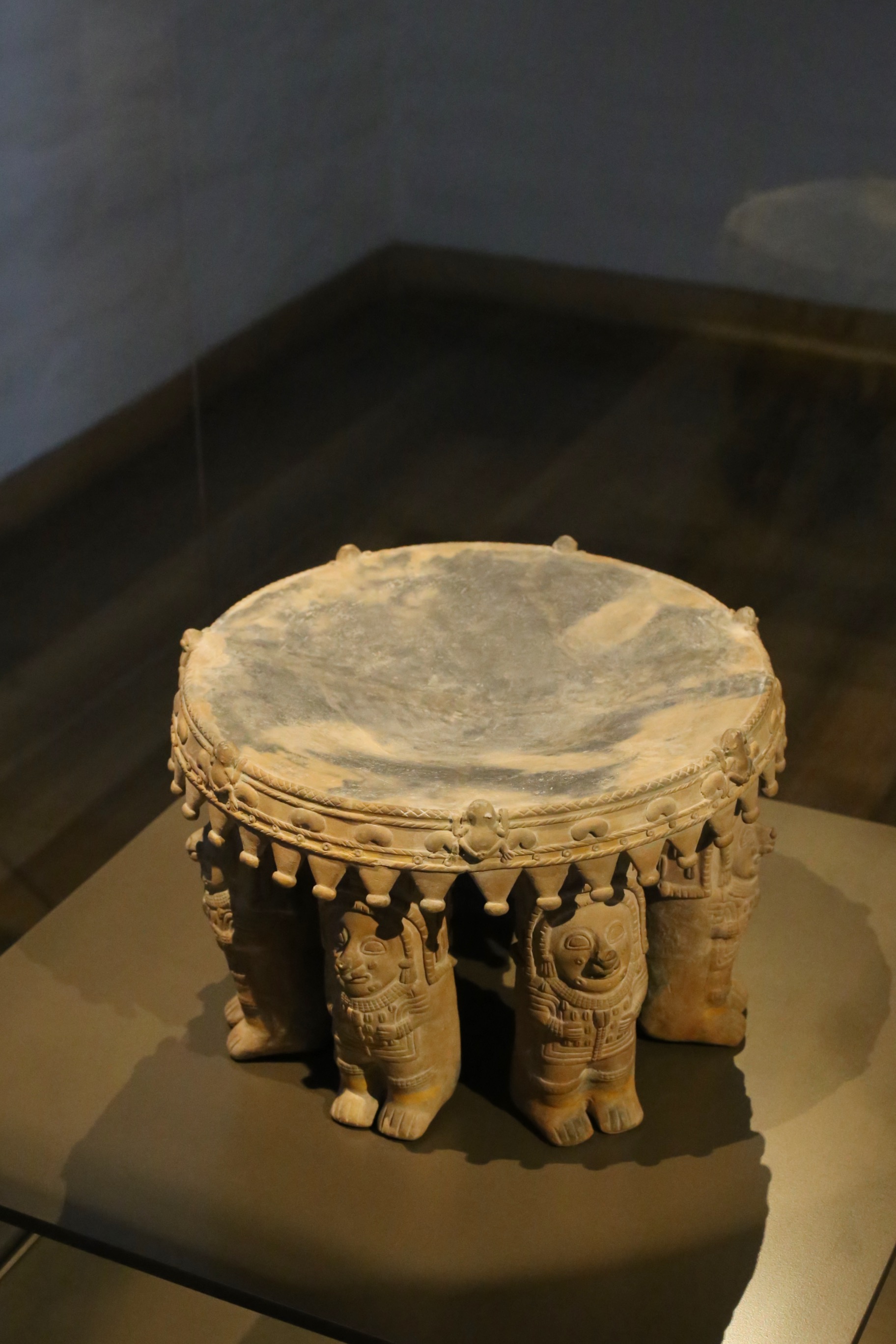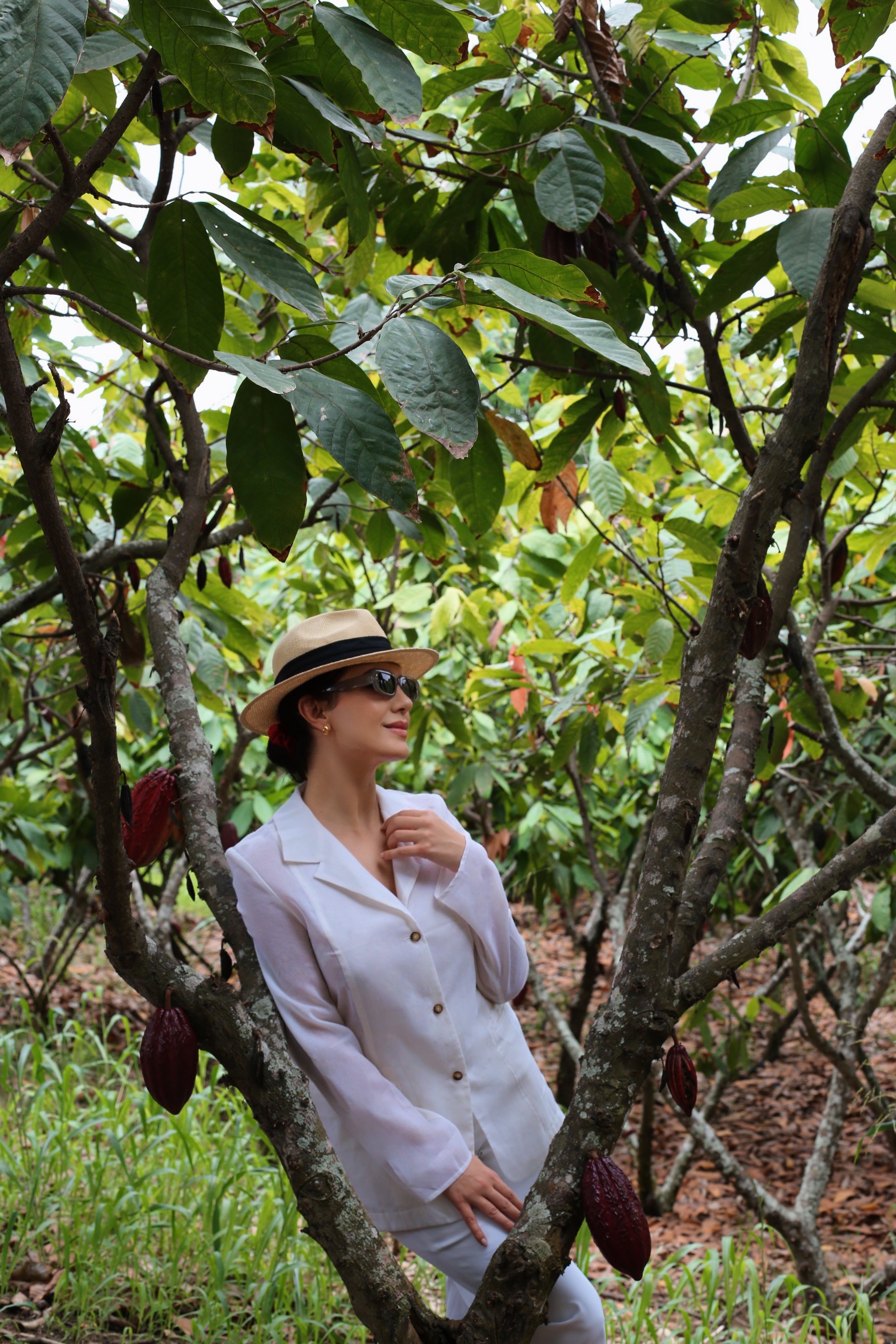
Last week, my friend Ade took me to a cocoa fields of Hacienda El Castillo. A beautiful hacienda built in the 1930’s by the German Count Ludwig Weber von Wagenfuer and his wife Mrs. MarÌa Angelica Calero. At the end of the 1980’s, new owners bought part of what today is the Hacienda El Castillo, where the ruins of the villa where found. For more than 20 years, this small family business has been based on an agricultural, tourism and industrial operation, contributing to the area’s development.
We were greeted with pure cocoa juice and Ecuadorian patacones. This was a tasty and unforgettable start into our experience in the Hacienda El Castillo. Before I share the recipes of these delicatessen, I want to talk about how Hacienda El Castillo creates their chocolates.
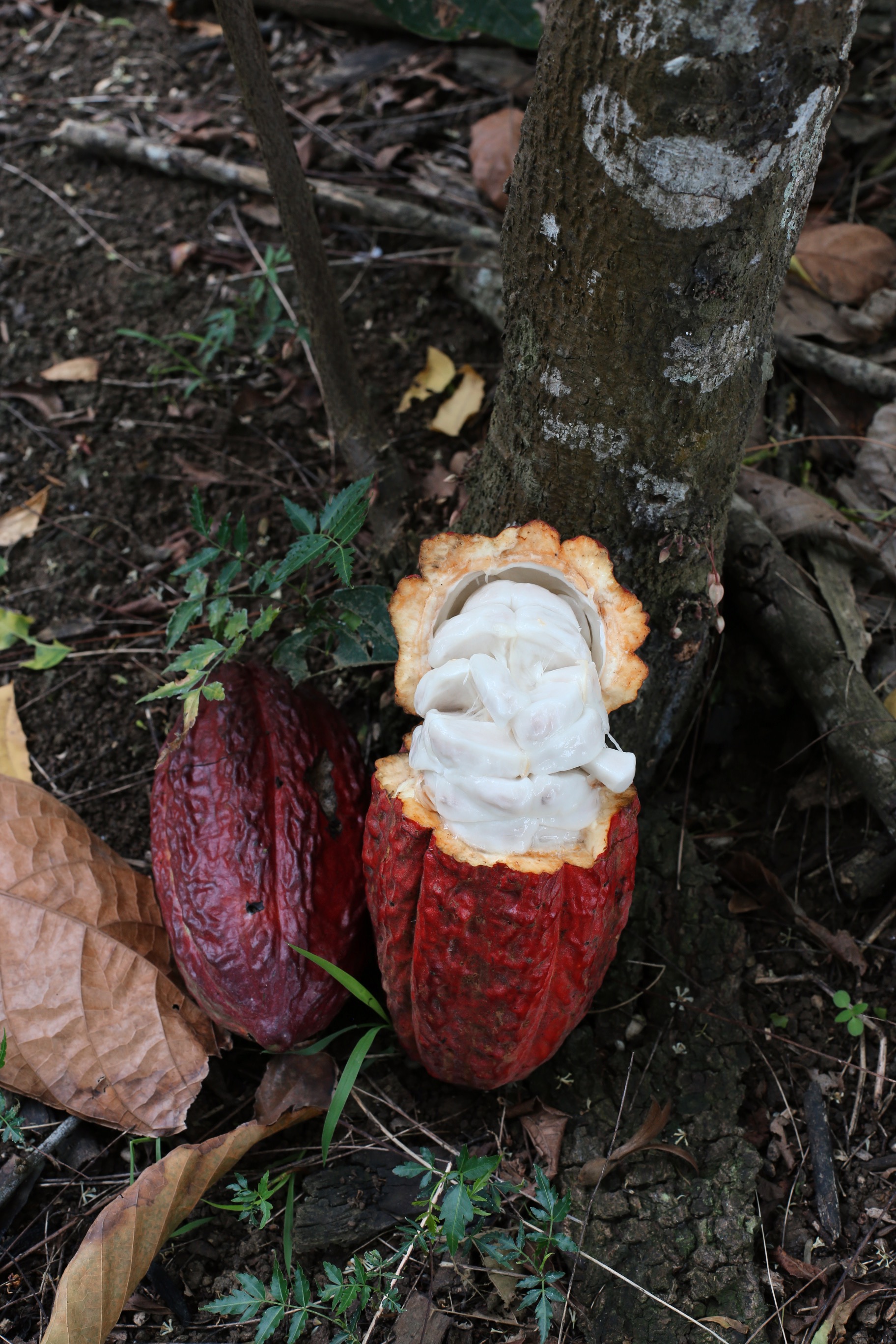
How is the cocoa produced?
It all starts at the greenhouse, where new Don Homero coca plants are developed. The best and most productive cocoa trees are carefully selected to provide the seed to the new plant. Once the seed has germinated and the cocoa bush is approximately one month and a half old, a graft is done in its stem with twigs selected from the reproductive trees. This way Hacienda El Castillo make sure that they are working with the field’s best material, which has been proven for its productivity and yield.
The sowing process is done combining the cocoa plants with plantain plants. The main reason for it is to provide the cocoa plants with shade. First, the plantain is sowed, and after six months, when the plant has grown enough to provide the shade, the cocoa plant is planted. After one year and a half, approximately, the cocoa trees begin to produce and gently, the plantain trees are taken away from the plantation. Source: Hacienda El Castillo
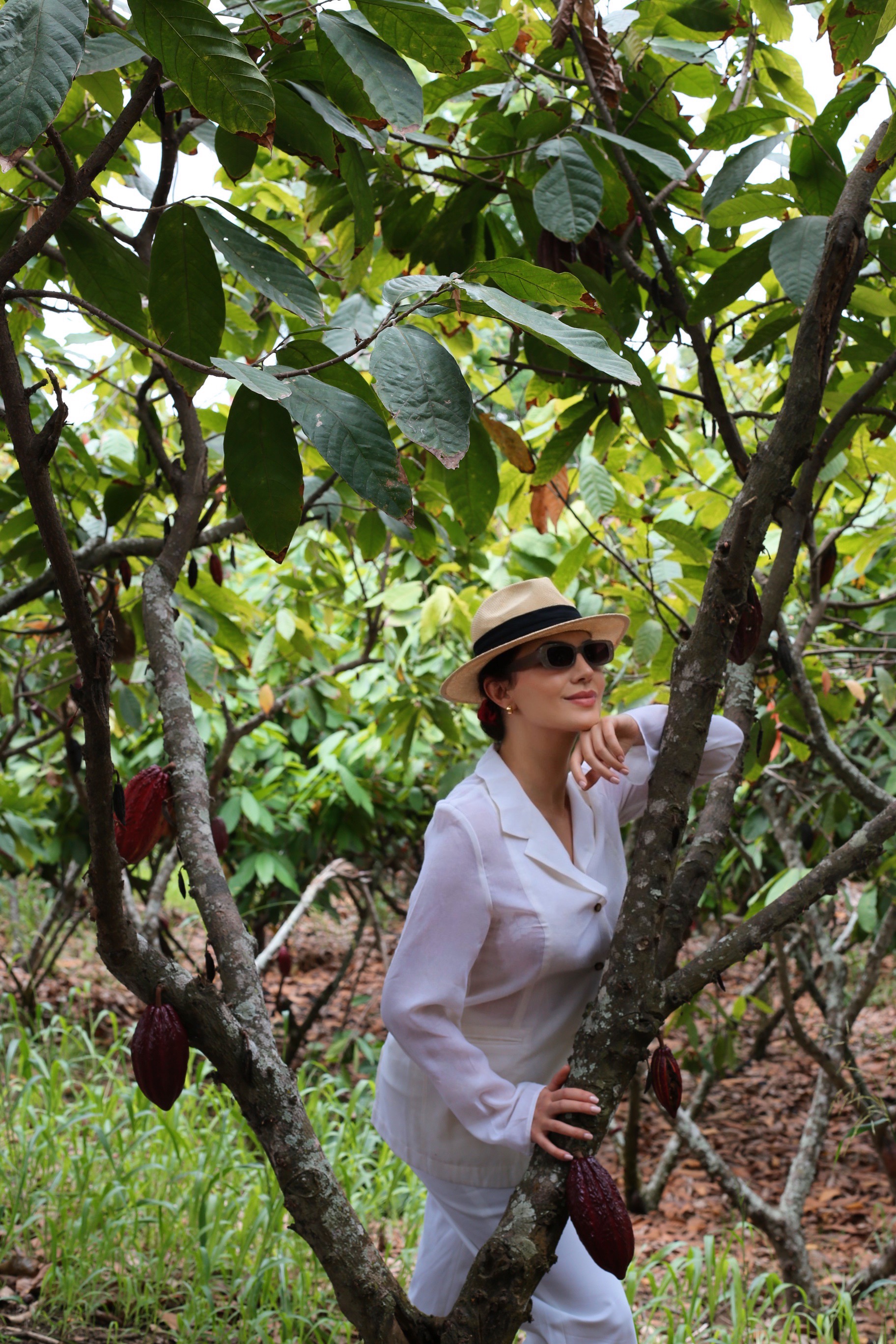
When does the cocoa harvest happen?
Cocoa’s harvest happens all year around, with two high seasons. The mature cobs get picked up at the field, they are opened and the seeds get gathered in jute sacks. Immediately after, the seeds are taken to the fermentation and drying area where a rigorous process takes place.
After fermentation, the cocoa beans are exposed to the sun to get dried. This process last between 5 and 7 days, depending on the weather. At this point the product is ready to be exported and to produce chocolate. Source: Hacienda El Castillo


The Chocolate Process
The base for a good chocolate begin in the field and the pos harvest processes. Hacienda El Castillo put special care in the all processes before reaching the manufacturing of chocolate. With high quality machines and equipment, creating fine chocolates is an art. When the chocolate is cooled down, the chocolate is manually packed in its final presentation.
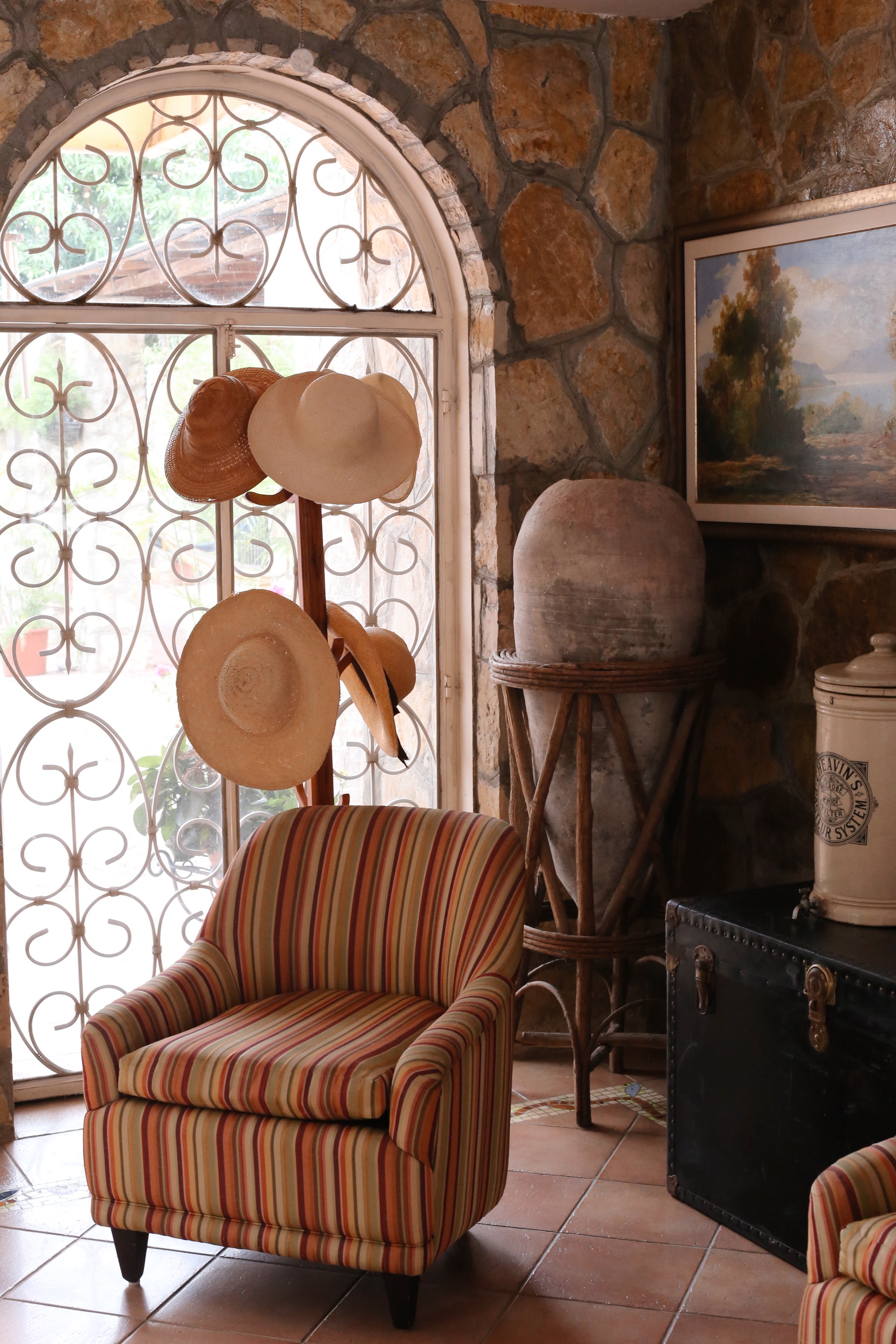
The beautiful house of Hacienda El Castillo
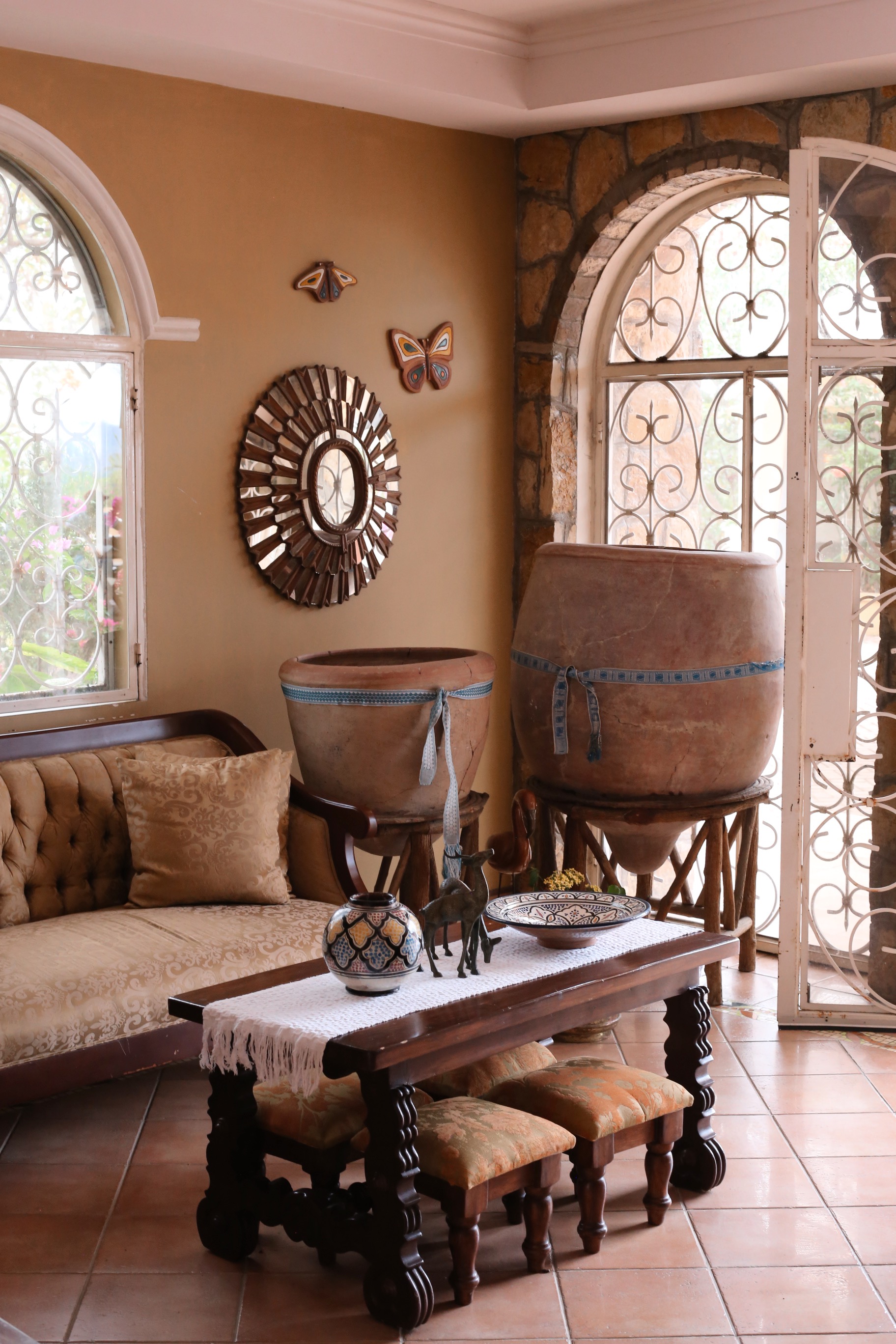
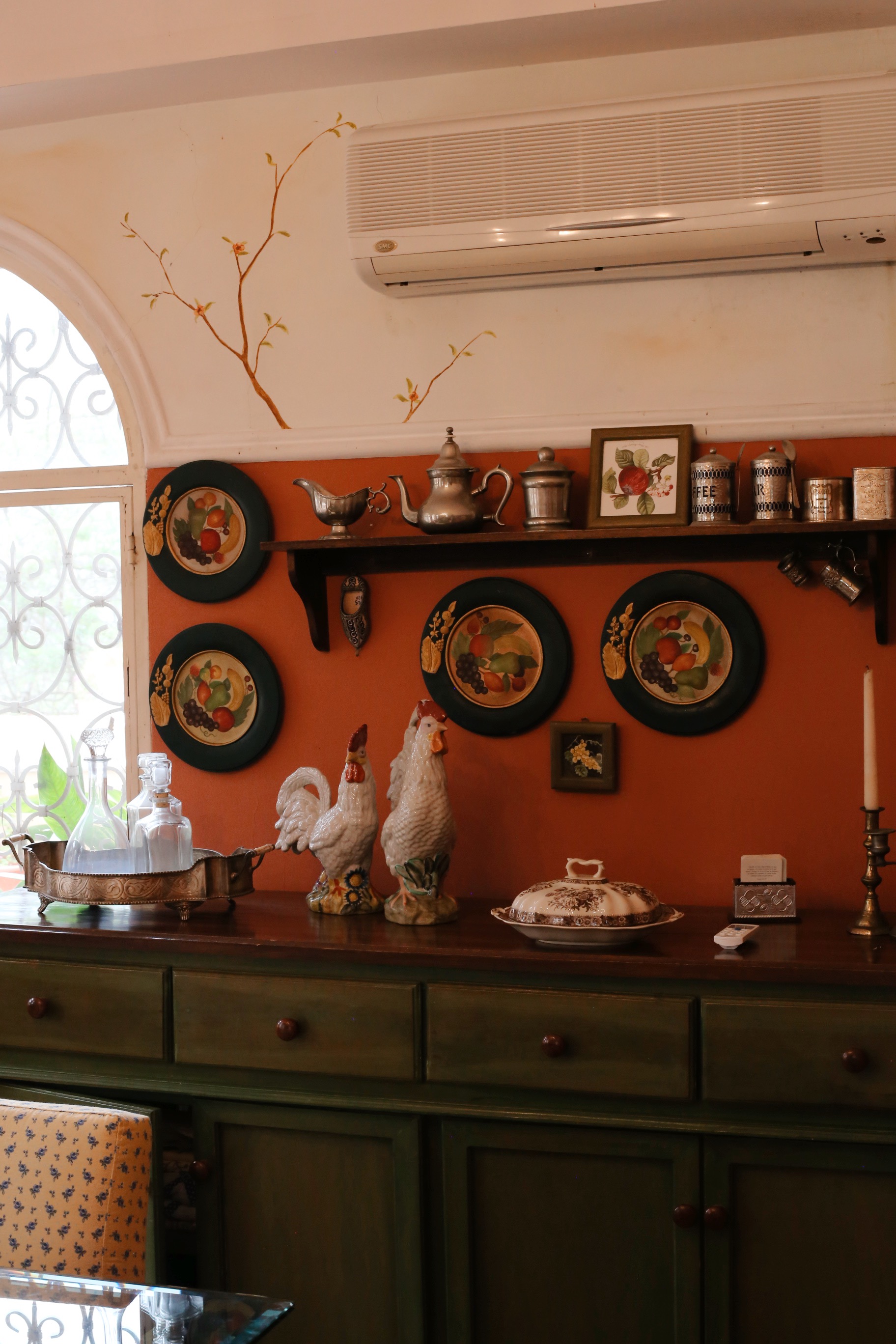
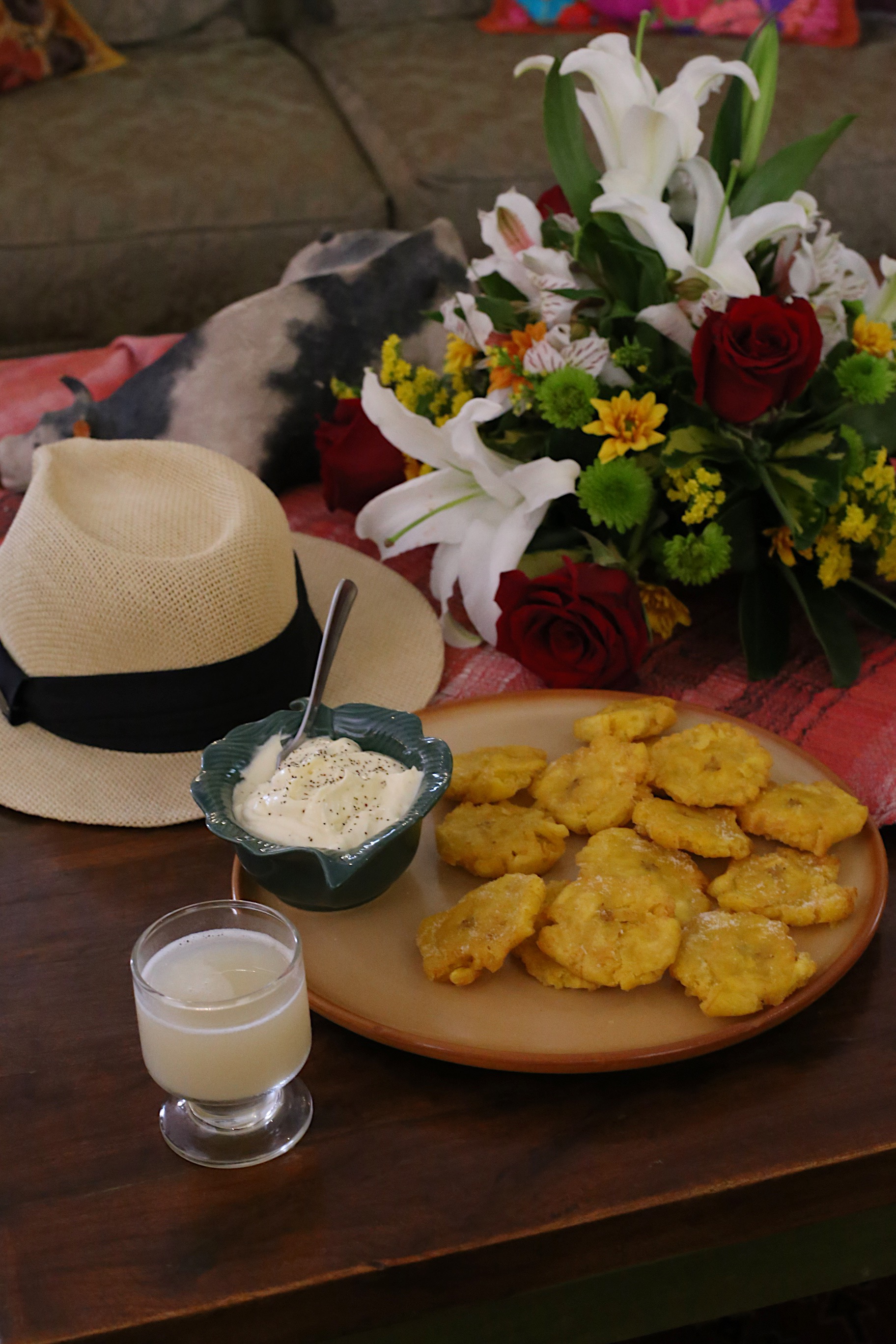
Recipe for patacones here & how to make cocoa juice here
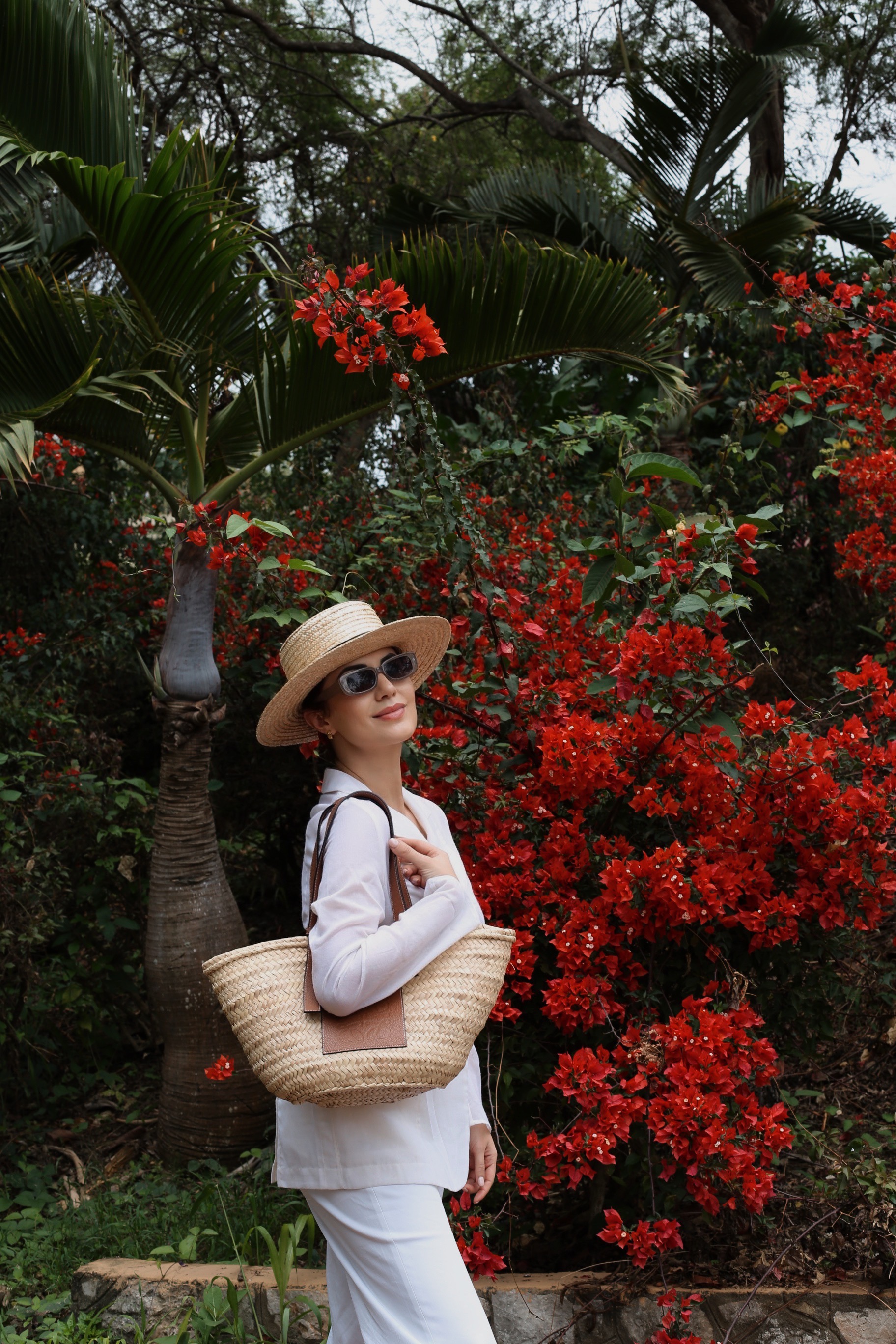
Wearing: NEHERA Resort 2022
Photos (C) DisiCouture
*This post ist 100% not sponsored



